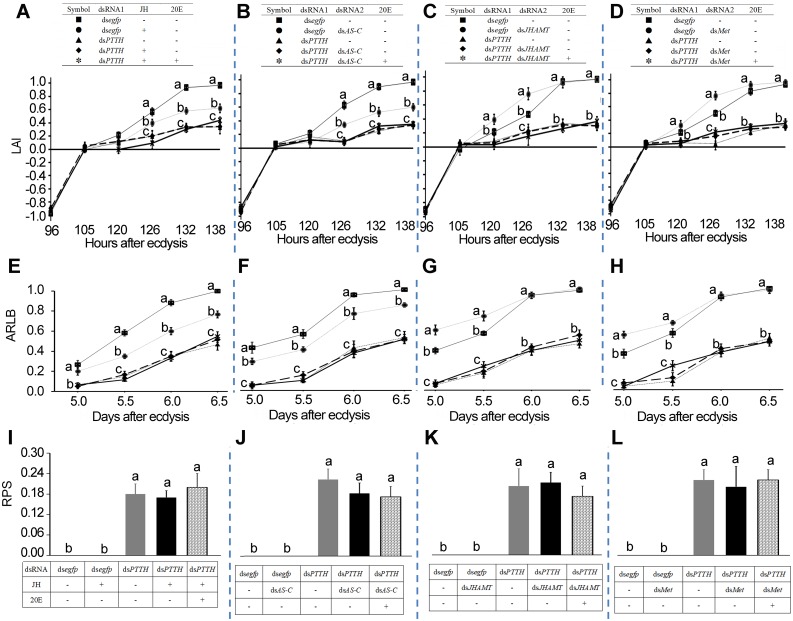Fig 4. Disturbance of both PTTH and JH signals causes no additive effects on light avoidance.
The larvae have fed on dsegfp, dsegfp+JH, dsPTTH, dsPTTH+JH and dsPTTH+JH+20E; dsegfp, dsegfp+dsAS-C, dsPTTH, dsPTTH+ dsAS-C and dsPTTH+dsAS-C+20E; dsegfp, dsegfp+dsJHAMT, dsPTTH, dsPTTH+dsJHAMT and dsPTTH+ dsJHAMT+20E; or dsegfp, dsegfp+dsMet, dsPTTH, dsPTTH+dsMet and dsPTTH+ dsMet+20E for three days. Significant differences in light avoidance index (LAI) (A-D), accumulated rate of larvae that had buried in soil (ARLB) (E-H) at each testing time point, rate of pupae on the soil (RPS) (I-L) through a two-week experiment period to those in control (dsegfp-fed) were indicated by different letters (P < 0.05).

